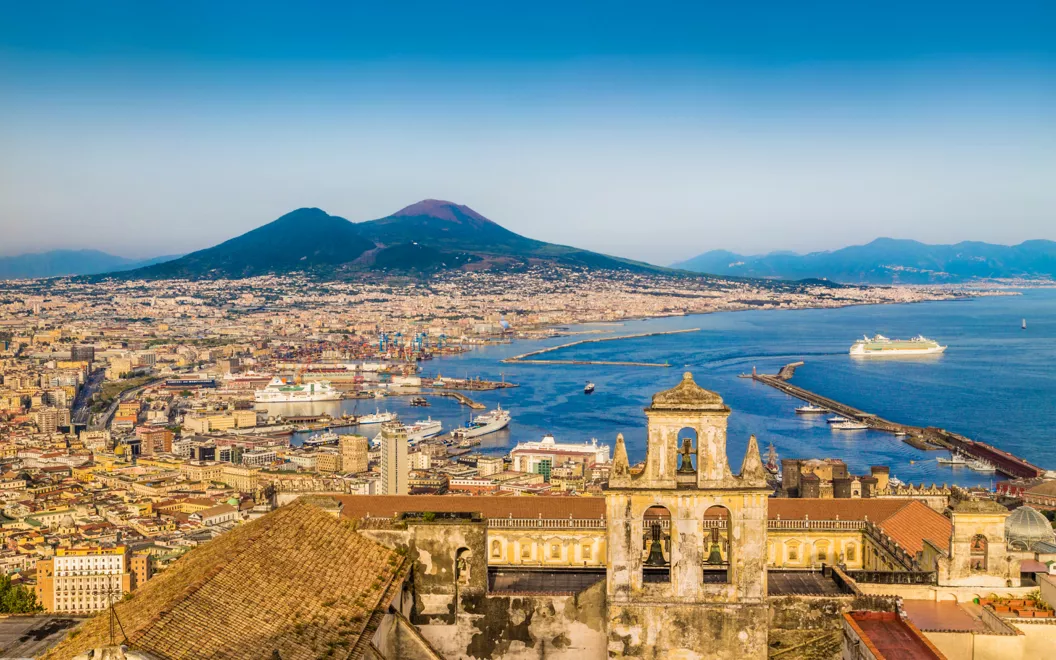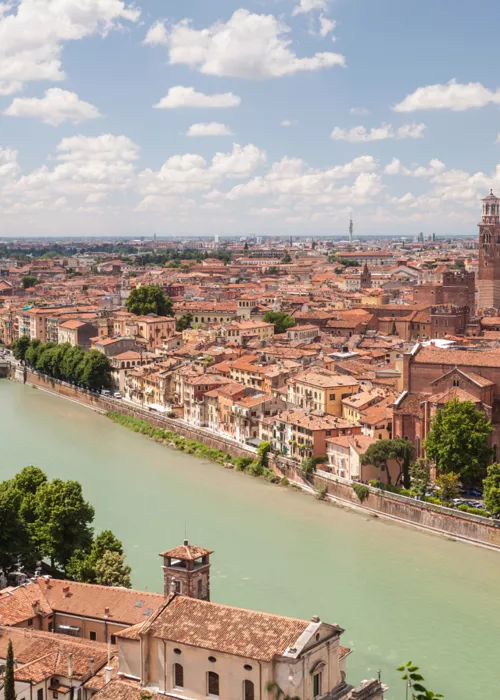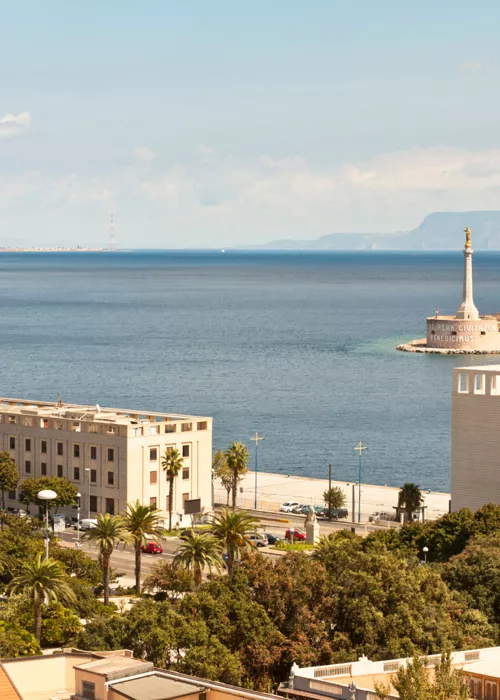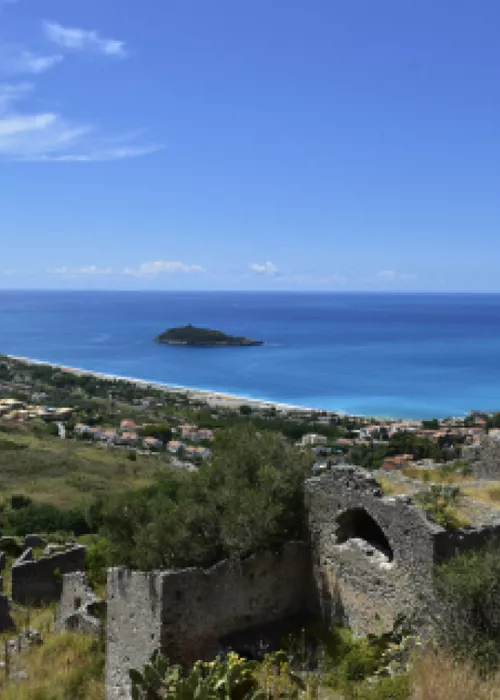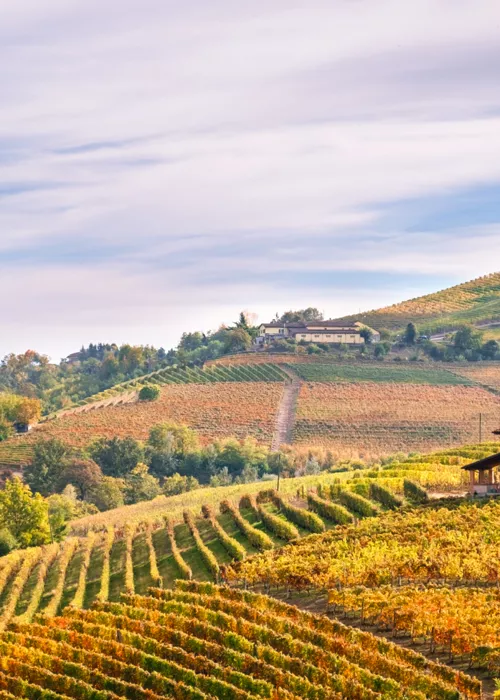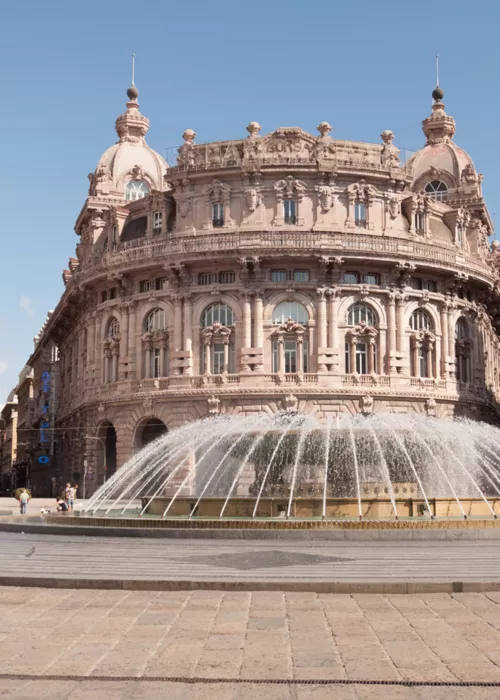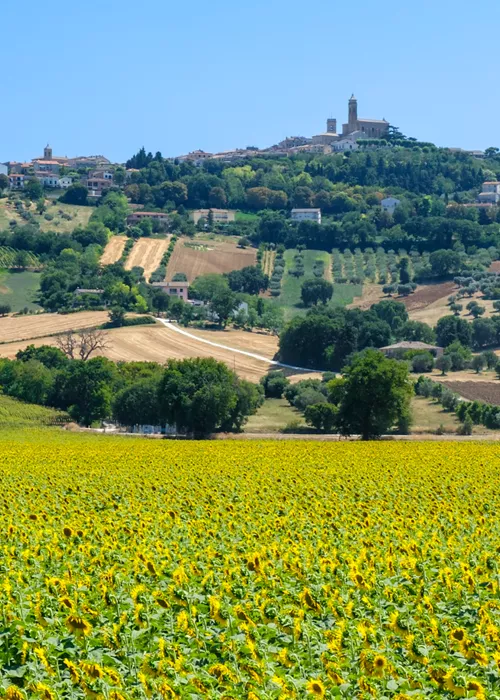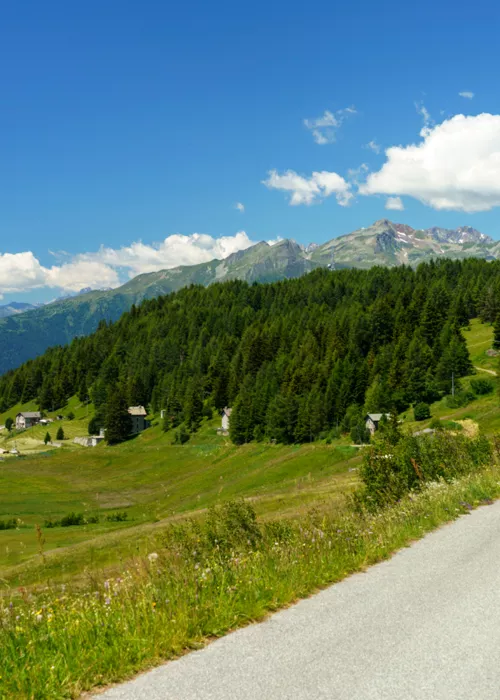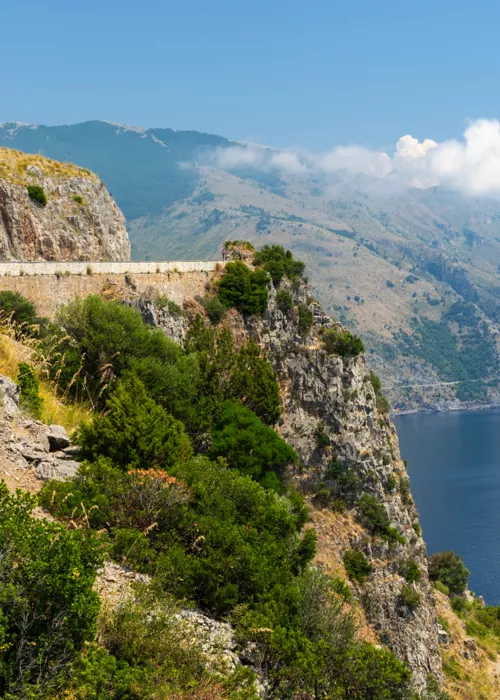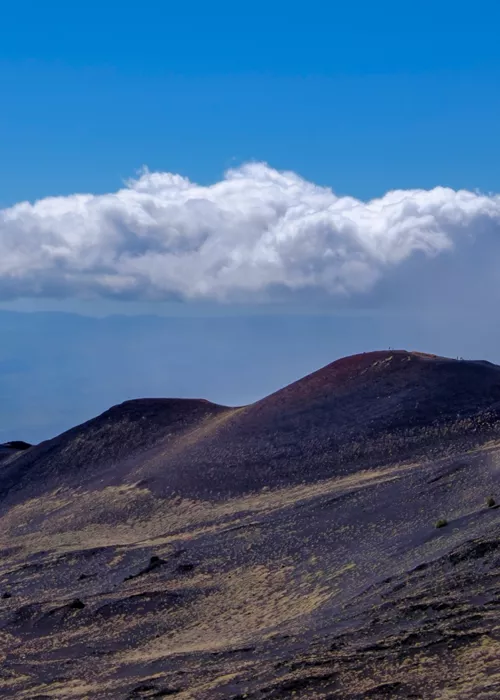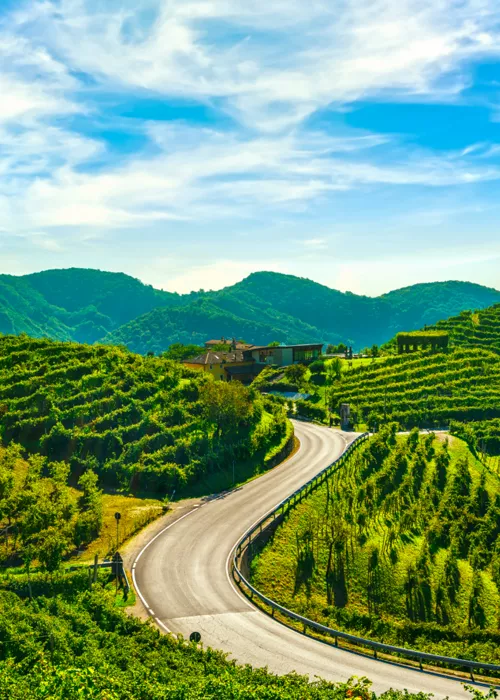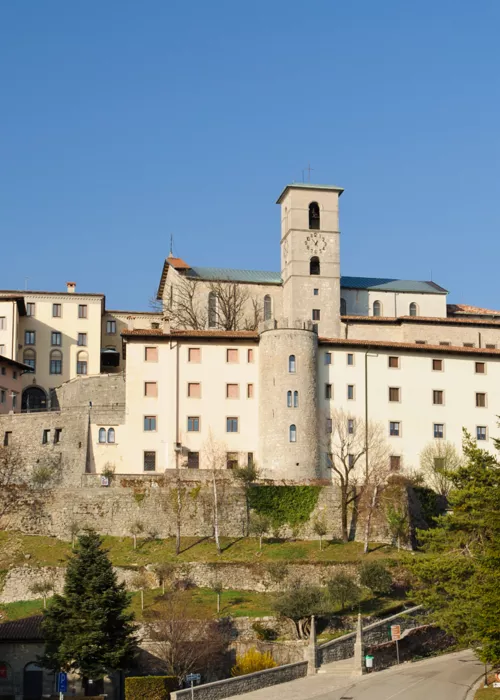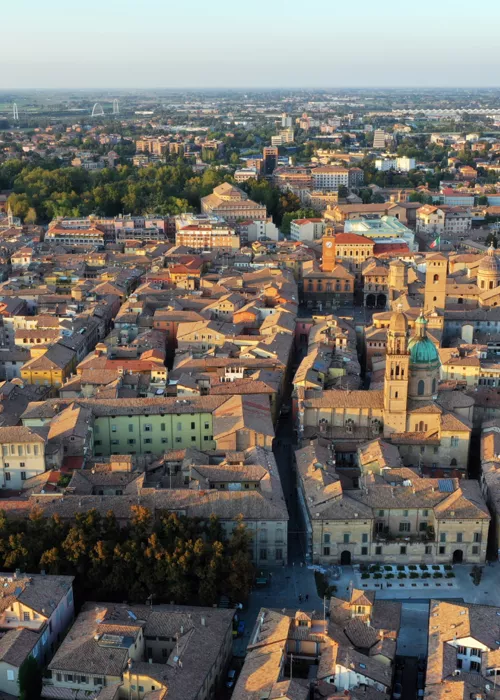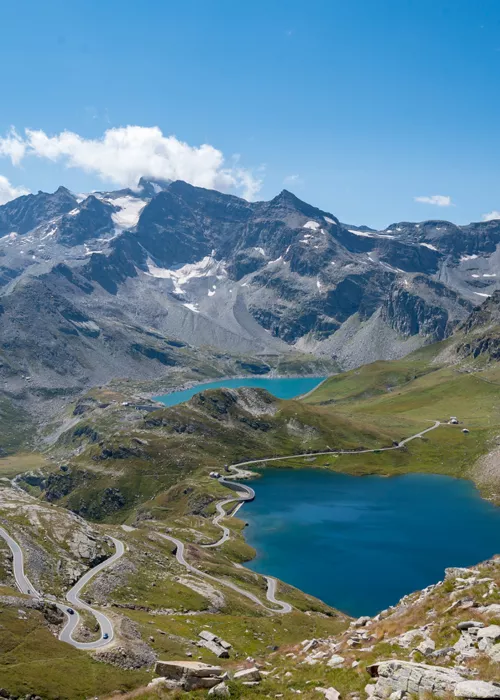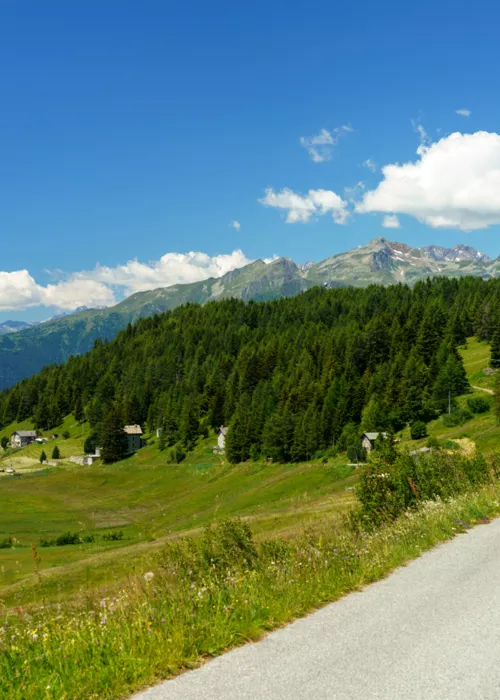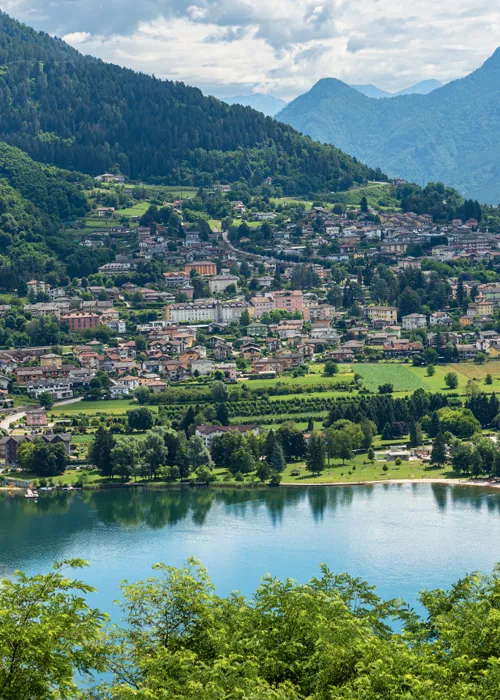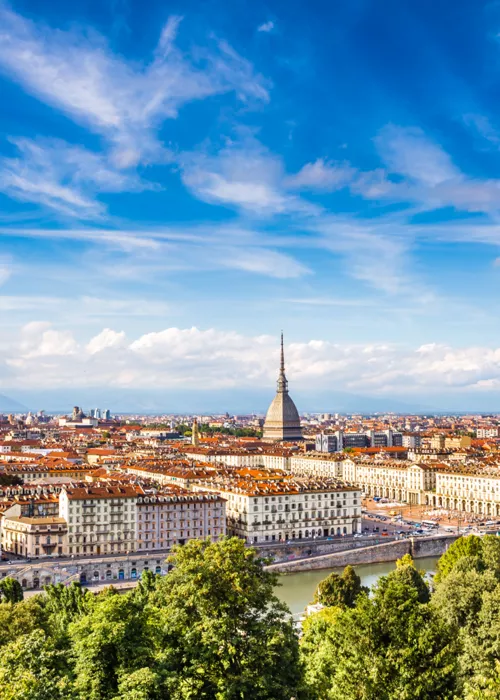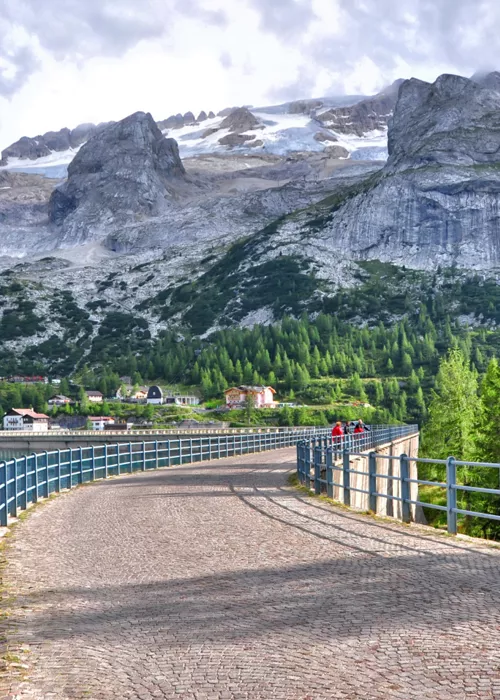(Cultural) Treasure Island

An initial slight incline leads the riders up the hill of Posillipo, the elegant district of Naples with its stunning views. Past Bacoli, the course reaches Monte di Procida, where the professional riders race 4 laps in a 19-kilometre circuit, rolling through Torregaveta and Lake Lucrino. At this point, it’s up to you. Be aware, however, that you are in a place that deserves a closer look. From Acquamorta beach, in fact, it seems as if you can touch Procida, and it’s a bit true: the island, Italian Capital of Culture in 2022, is only 20 minutes away by ferry. The crossing will take you to the port of Marina Grande, with its pastel-coloured houses. From here, whether you decide to stay for an afternoon or two days, there is no shortage of ideas. You can lose yourself in the alleyways of the medieval village of Terra Murata; climb up to the former Palazzo d’Avalos penitentiary, the highest and most evocative point on the island; reach the church-convent of Santa Margherita Nuova, from where you can enjoy the view overlooking the Corricella, the romantic suburb that looks like an amphitheatre on the sea, with its colourful buildings and fishermen’s pier. And what about the beaches? A boat tour will help you discover even the most hidden ones. For sure these two are not to be missed: Chiaiolella, overlooking the Faraglioni rocks and Lingua beach, bathed by deep blue waters.
In the ancient Baia: a sunken treasure

Along the circuit circling Monte di Procida, a pretty little town in the Gulf of Naples overlooking the island of Procida, another stop is to be experienced as a tourist. The ancient Roman spa town of Baia, home to the Campi Flegrei Archaeological Park, is near Bacoli: there, geology and archaeology have created a unique atmosphere. Some of the most powerful figures of ancient Rome stayed in this place devoted to idleness and the dolce vita. The remains of their villas, to which several spas have been added over the centuries, can still be seen at the top of the promontory. But the most incredible part of this archaeological marvel is the one beneath the waters, driven over the centuries by the bradyseism: the Sunken City of Baia. This is a protected area where mosaics, traces of frescoes, sculptures, road layouts and columns are visible at a depth of just a few metres, with special boats equipped with windowed underwater keels. If you love scuba diving, you can enjoy the sunken park together with specialized tour guides.
Amid the treasures of Naples

The long descent into the centre of Naples takes you straight to the seafront on Via Caracciolo, and then into the beautiful historic centre – named a Unesco World Heritage site in 1995. Where should you start visiting? Here too, you’ll be spoilt for choice, as notable landmarks include Piazza del Plebiscito, the city’s symbolic ‘lounge’; Galleria Umberto I, the elegant artery with its Renaissance façades and glass ceiling topped by a dome; Palazzo Reale, built in 1600 and home to a museum with a rich collection of tapestries, paintings, sculptures, porcelain, codices and miniatures. Last but not least, the San Carlo Theatre, the kingdom of opera in the world since King Charles of Bourbon had it built in 1737. Special features? Its perfect acoustics, its large exhibition area and its size: it is the largest in Europe, with a capacity of up to 1,386 spectators.
By the RCS Sport editorial staff

